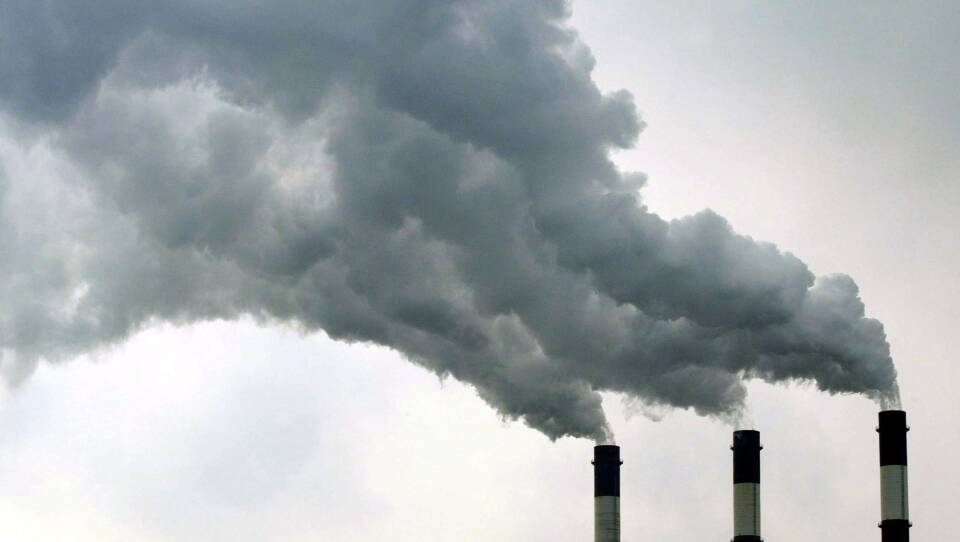A carbon-neutral world by 2050: That’s what climate scientists have said is necessary to avert the worst impacts of climate change. Attaining this would mean dramatically reducing greenhouse emissions.
But people are beginning to acknowledge that hitting goals like those set in the Paris climate accord will also require pulling carbon out of the atmosphere that’s already there. In fact, such carbon capture technologies are a key part of many climate change scenarios.
The technology is not being widely used, but it does exist.
"There are a dozen small-scale direct air capture plants deployed across the U.S. today and even more traditional carbon capture and storage projects on point sources,” Giana Amador told Living Lab Radio. Amador is the founder and managing director at Carbon180 , a nonprofit that champions carbon removal practices and technologies.
“Point sources” are things like the smokestack on a coal-burning power plant. “Direct air capture” means pulling outside air into a machine.
“It looks like about six fans that are all stacked on top of each other,” Amador said, describing a direct-air capture facility near Zurich, Switzerland . “There is a chemical solution that selectively binds with CO2.”
The machine collects the carbon dioxide in a bag.
“In this case, they then pipe the CO2 to a greenhouse that's about 200 feet away and use that CO2 to grow cucumbers and tomatoes that you can have on your lunch in your salad,” she said.
The hope is that such machines could not just capture current carbon emissions, but start working on the carbon that we put in the atmosphere in years past. This would essentially turn back the clock, climate-wise.
To do this, the industry needs to grow to become twice the size of the current fossil fuel industry, Amador said.
It would take government action similar to what was done to grow the market for solar and wind power, she added.
“It's really about expanding the purview of the government's climate solution to … include carbon removal,” she said.
Direct air capture technology has received about $11 million since the technology began, Amador said.
“We're looking to really increase that to the scale of hundreds of millions of dollars,” she said. “And that's the type of serious investment that's needed to bring these solutions to scale.”





